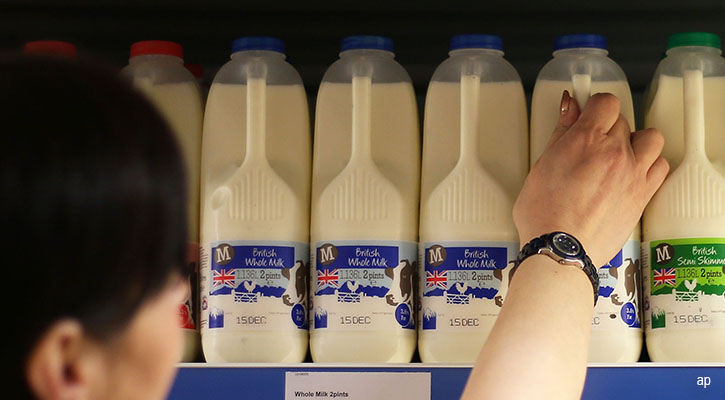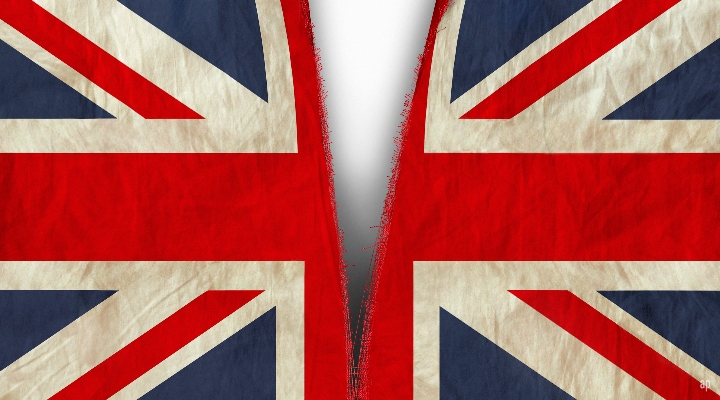
Inflation in the UK cooled slightly in December, the latest figures from the Office for National Statistics showed on Wednesday.
In December, the consumer price index rose annually by 10.5%, compared to a 10.7% rise in November. Consensus had expected 10.6% inflation last month, according to FXStreet.
Food prices continue to be a strong driver of inflation, along with restaurants, air fares and hotel rooms. Staples such as milk, sugar, eggs, cheese, honey, chocolate and pasta have also risen sharply in price.
The print is down a from a four-decade high of 11.1% in October.
On a monthly basis, CPI rose by 0.4% in December, the same pace as in November and in line with market expectations.
The consumer price index (CPIH), including owner occupiers' housing costs, rose by 9.2% in December, slowing from 9.3% in November.
The ONS said the largest downward contribution to the change in both CPI and CPIH annual inflation rates between November and December were transport, clothing and footwear, and recreation and culture.
Earlier this month, the Bank of England's chief economist said that a "distinctive context" within the UK creates the potential for inflation to prove "persistent".
In December, the Bank of England raised UK interest rates by 50 basis point to 3.5% in an attempt to return inflation to its 2% target.
In February, the Bank of England will meet again. Currently, markets expect another 50 basis point rise in rates.
US inflation, in contrast, looks to have peaked already with a fall in inflation to 6.5% from 7.1% in December. The Federal Reserve is expected to continue increasing interest rates, with a 25 basis point increase pencilled in for the February meeting.
Rob Morgan, chief investment analyst at Charles Stanley said:
“Inflation remains uncomfortably high for the Bank of England, with economists expecting further increases from the current base rate of 3.5%. Although there is now some sign of inflation slowing, with a backdrop of wage growth, a tight labour market and an unexpectedly buoyant GDP figure in November, the chances of another lumpy interest rate hike are high.
“For investors, markets will remain focused on inflation and more volatility is expected over the next 12 months. Investors may be disappointed if they are expecting Central Bank ‘pivots’ from raising to cutting rates this year. While the battle with inflation will be won, it will be a long and arduous one with cuts not likely to occur until 2024. First, central bankers on both sides of the Atlantic will want to ensure that they finish the job to restore their credibility.”




























